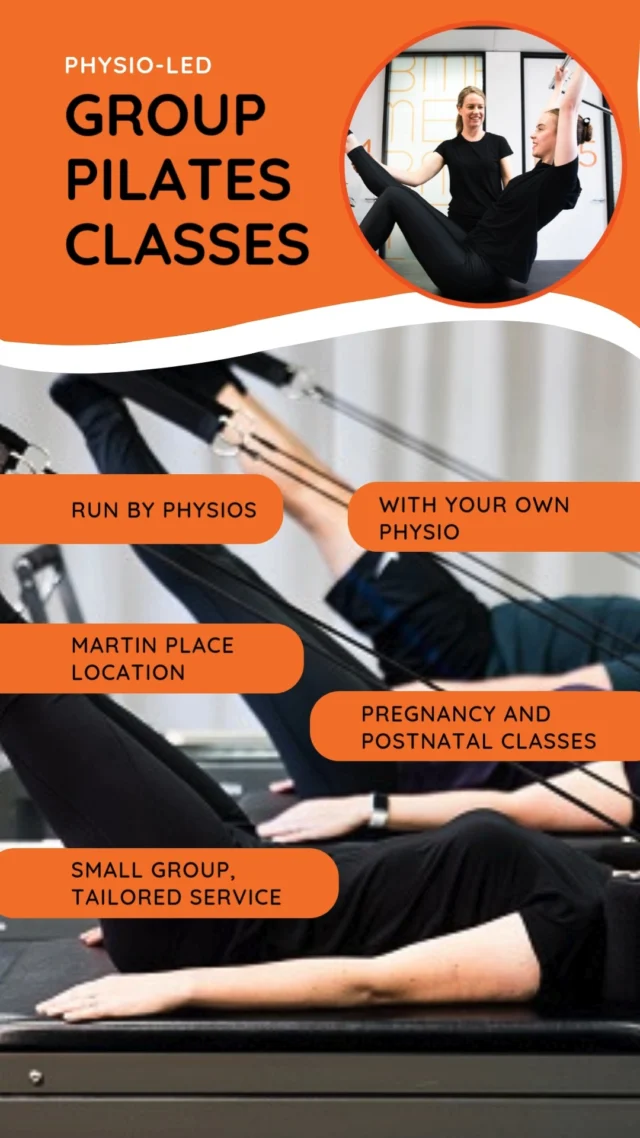An OASIS refers to the trauma of the Perinuem which occurs in vaginal delivery. It is where the Perinuem tears from the vagina down towards and into the anal sphincter and potentially the mucosa as well. It is commonly referred to as a third or fourth degree tear. This type of injury can commonly lead to anal incontinence.
Eason et al. 2002, Tin et al. 2010 and Johanessen et al. 2014 all looked at the prevalence of pregnant women who sustained an OASIS at birth of having anal incontinence and found that they were at a significantly increased risk. In addition, a study by Evers et al. 2012 found that women who sustained an OASIS were significantly more likely to still have anal incontinence 5-10 years post-partum.
How Common Is It?
Corton, McIntire, Twickler et al. 2013 showed that OASIS is more common than we are led to believe. They found that the rate of OASIS following vaginal delivery is approximately 18%!
Are Certain Women More Likely To Sustain An OASIS?
Research shows that there are certain women who are more likely to sustain an OASIS. Women who have a vaginal delivery where forceps are used are at a higher risk of OASIS (Heir, O’Connor, Higgins et al. 2013).
As maternal age increases, so does the risk of OASIS with vaginal births. In fact, women over 25 years of age are twice as likely to suffer from an OASIS than women under 25 years of age (Guiro-Urganci et al. 2013).
Perineal length has also been shown to be relevant in the prevalence of OASIS (Dua et al. 2009). Perineal length refers to the distance of the base of the vagina to the start of the anus. Geller et al. 2014 found that if a woman has a perineal length of less than 3cm then they are at a higher risk of OASIS. Aytan et al. 2005 found that when a mediolateral episiotomy was performed on women with a perineal length of less than 3cm, this significantly reduced the chance of OASIS.
Williams et al. 2019 found that race/ethnicity is a factor as well. This study found that Asian women had a higher rate of OASIS when compared to women of other backgrounds.
Landy et al. 2011 found that women with a lower BMI had a higher risk of OASIS than women with a higher BMI.
Lastly, Raisanen et al. 2013 and Gudmundsson et al. 2015 found that shorter women are at a higher risk of OASIS than taller women.
If you have any questions or concerns or you want to know more about what could help you be as informed as possible for childbirth then come and see Bonnie, our Women’s Health Physiotherapist at Bend + Mend Physiotherapy in Sydney’s CBD.






